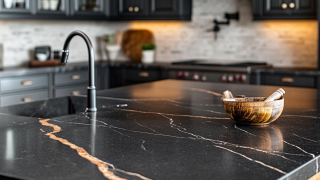- Call Us 03 8353 2113
- Mail Us sale@laxmidoor.com
Blog
The Evolution of Roller Shutters in Modern Architecture
In recent years, the landscape of modern architecture has witnessed significant transformations, with various elements merging functionality and aesthetic appeal. Among these components, roller shutters have emerged as a pivotal feature that not only enhances the design of buildings but also offers numerous practical benefits. As cities grow and architectural styles evolve, the integration of roller shutters is redefining how we approach security, energy efficiency, and privacy in both residential and commercial spaces.
The evolution of roller shutters reflects a broader trend towards sustainability and smart design solutions. Originally conceived for purely utilitarian purposes, these versatile installations have undergone remarkable advancements in materials and technology. Today, roller shutters are available in a range of styles and colors, complementing various architectural designs while contributing to the overall performance of a structure. This blog will explore the historical context, technological innovations, and aesthetic adaptations of roller shutters, highlighting their vital role in the contemporary architectural narrative.
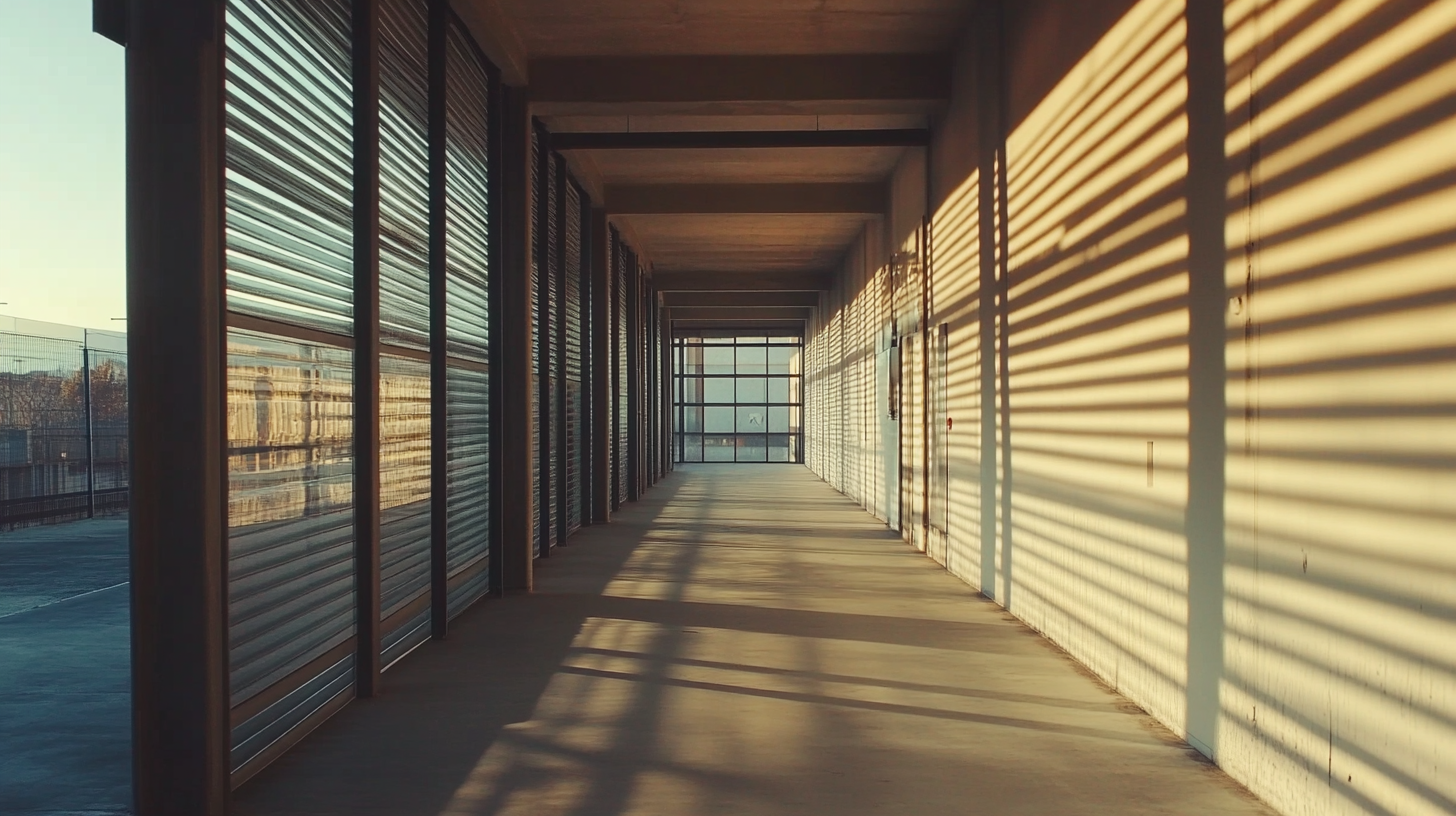
Historical Overview of Roller Shutters in Architecture
The evolution of roller shutters in architecture reflects a rich historical narrative that intertwines functionality, security, and aesthetics. Traditionally, roller shutters served as a robust barrier against environmental factors and potential intruders, making them essential in both residential and commercial spaces. According to a 2023 industry report, the global market for roller shutters is expected to grow at a CAGR of 6.1%, highlighting their increasing prevalence and adaptability in modern building designs. In recent years, architects have increasingly integrated roller shutters into innovative designs, recognizing their potential beyond mere functionality. A notable example comes from Tübingen, Germany, where Dannien Roller Architekten skillfully married modern and neoclassical elements in a project that showcases the versatility of roller shutters. By employing materials that resonate with the historical fabric of the city, these installations not only serve their practical purposes but also contribute to the aesthetic dialogue of the urban landscape. Furthermore, as urban spaces evolve and adaptive reuse of historical buildings becomes more common, roller shutters offer an elegant solution for maintaining security while enhancing the visual appeal. Innovative designs can transform a once utilitarian feature into a key architectural characteristic, aligning with broader trends in sustainable and adaptive architecture that prioritize preserving historical integrity while embracing modern technology. With such trends on the rise, roller shutters are poised to play a pivotal role in the future of architectural design.
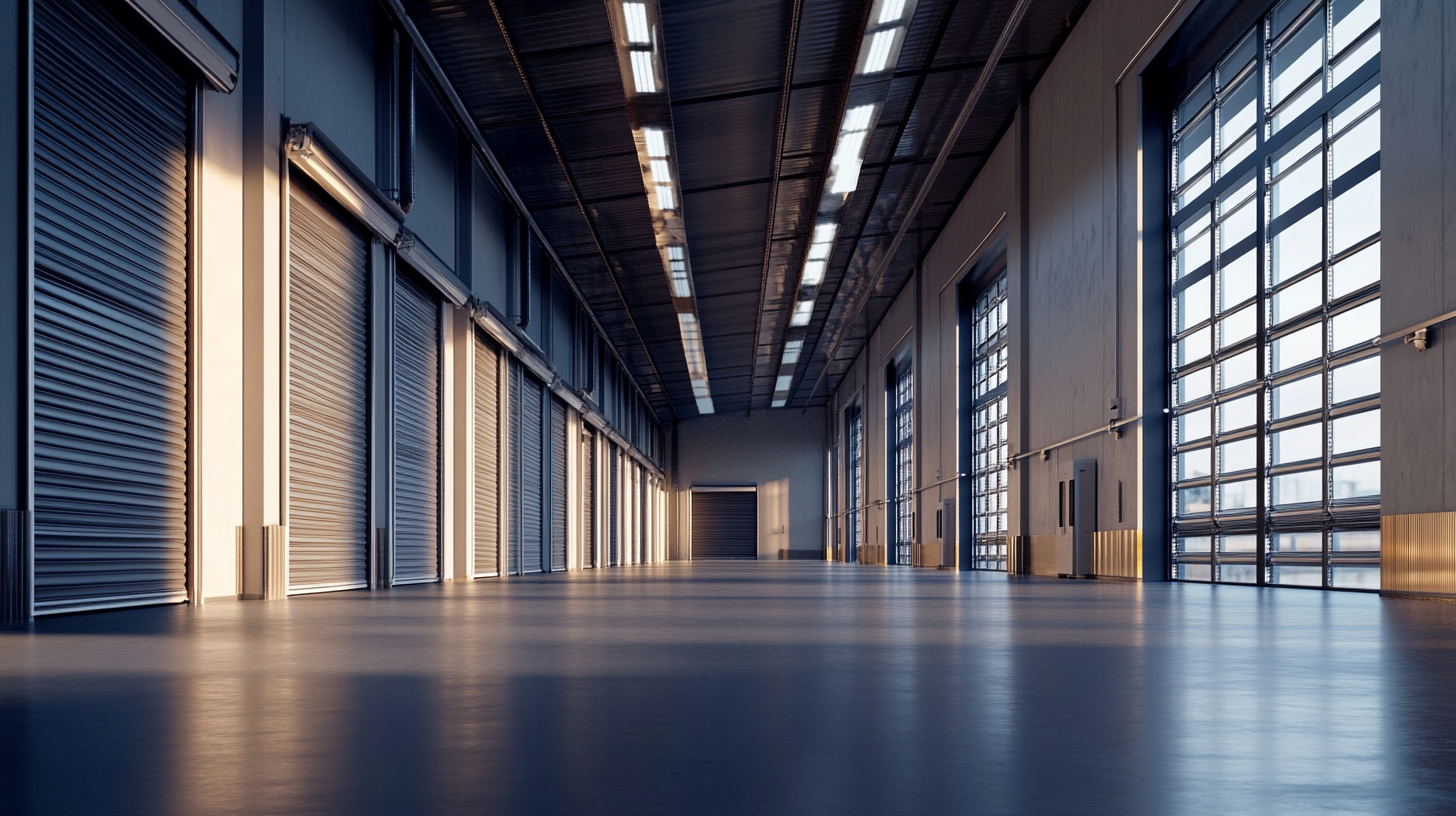
Technological Advancements Enhancing Roller Shutter Designs
The recent advancements in technology have significantly transformed roller shutter designs, making them more functional and appealing in modern architecture. With the integration of smart technology, contemporary roller shutters are now equipped with features such as remote operation and automation. Homeowners can control their shutters via smartphone apps, allowing for convenience and ease of use. This seamless interplay between technology and design not only enhances user experience but also offers an added layer of security and energy efficiency.
Additionally, modern materials and manufacturing processes have played a critical role in the evolution of roller shutters. Lightweight yet durable materials like aluminum and composite polymers are now commonly used, enabling slim profiles that do not compromise strength or usability. These advancements also contribute to superior insulation properties, making buildings more energy-efficient. The ability to customize colors and finishes means that roller shutters can complement various architectural styles, ranging from minimalist modernist designs to more traditional aesthetics.
Climate-responsive designs have also emerged, with some roller shutters featuring thermal break technology that regulates indoor temperatures. This innovation allows spaces to remain cooler in summer and warmer in winter, showcasing roller shutters as a critical component in sustainable architecture. The marriage of aesthetics, functionality, and sustainability in roller shutter technology marks an exciting evolution that aligns perfectly with the demands of contemporary living.
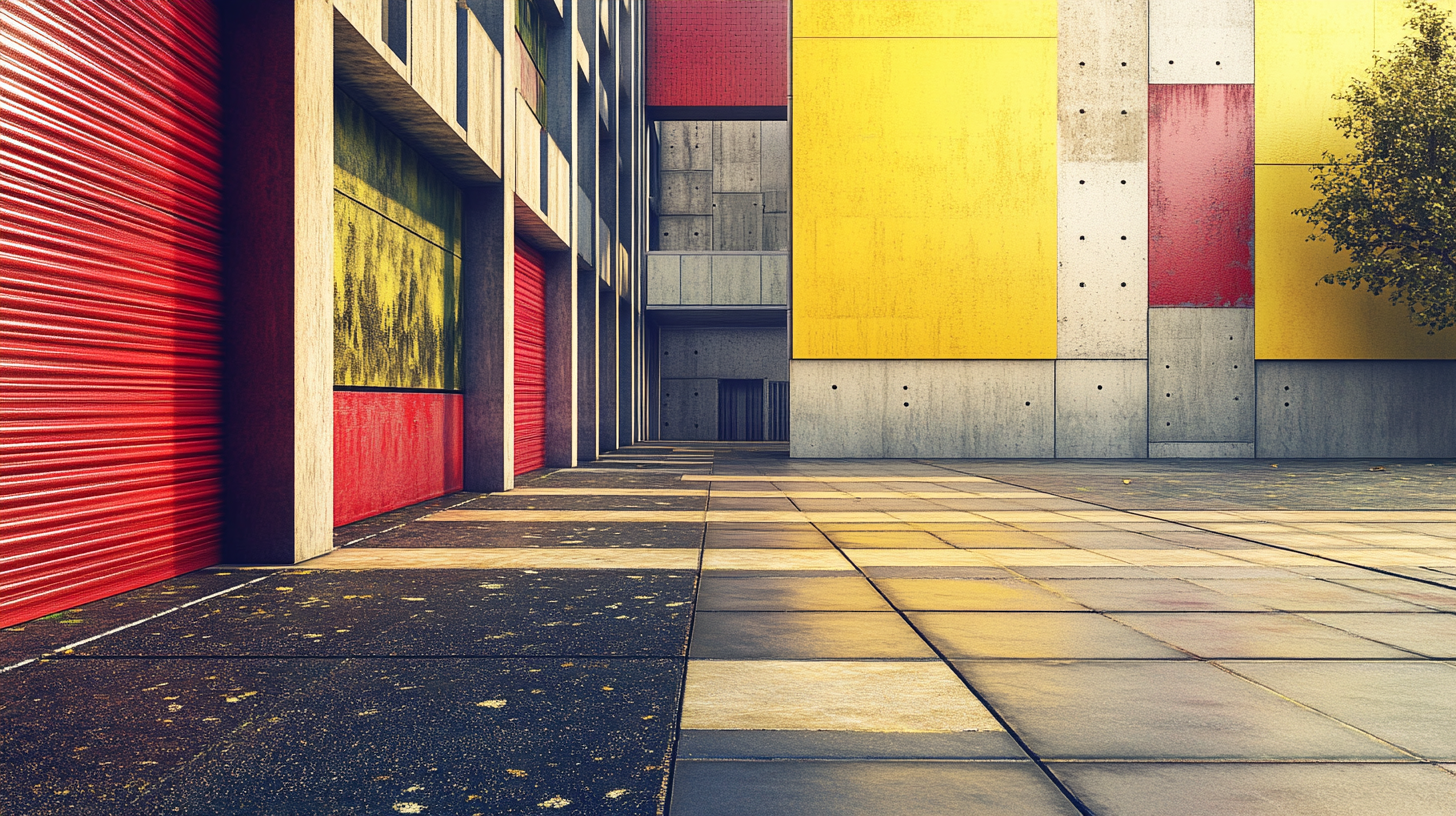
Aesthetic Integration: Roller Shutters in Contemporary Architecture
The integration of roller shutters into contemporary architecture marks a significant evolution in design sensitivity and functionality. Traditionally seen as purely utilitarian, roller shutters have undergone a transformation that allows them to enhance the aesthetic appeal of modern buildings. Architects and designers are now leveraging innovative materials and sleek designs, allowing these features to blend seamlessly into the facade rather than detract from it. This shift not only emphasizes practicality but elevates roller shutters to an integral component of architectural expression.
In contemporary structures, roller shutters can be customized to match various design elements, from minimalist styles to more ornate facades. The use of colors, patterns, and textures can harmonize these installations with the overall aesthetic goals of the project. For instance, a contemporary home may use roller shutters in a bold color to create a striking contrast against a neutral exterior, adding depth and visual interest. Furthermore, advancements in technology have allowed for smoother operations and more discreet installations, making it easier for designers to incorporate them as a stylish and functional aspect of the building’s envelope.
The modern application of roller shutters not only serves as a protective measure but also promotes energy efficiency and privacy without sacrificing style. By using dynamic designs that can open and close with ease, architects can create adaptable environments that respond to both external conditions and the occupants’ needs. This modern perspective on roller shutters exemplifies how traditional components can be reimagined, enhancing both the functionality and the beauty of architectural forms in today’s evolving landscape.
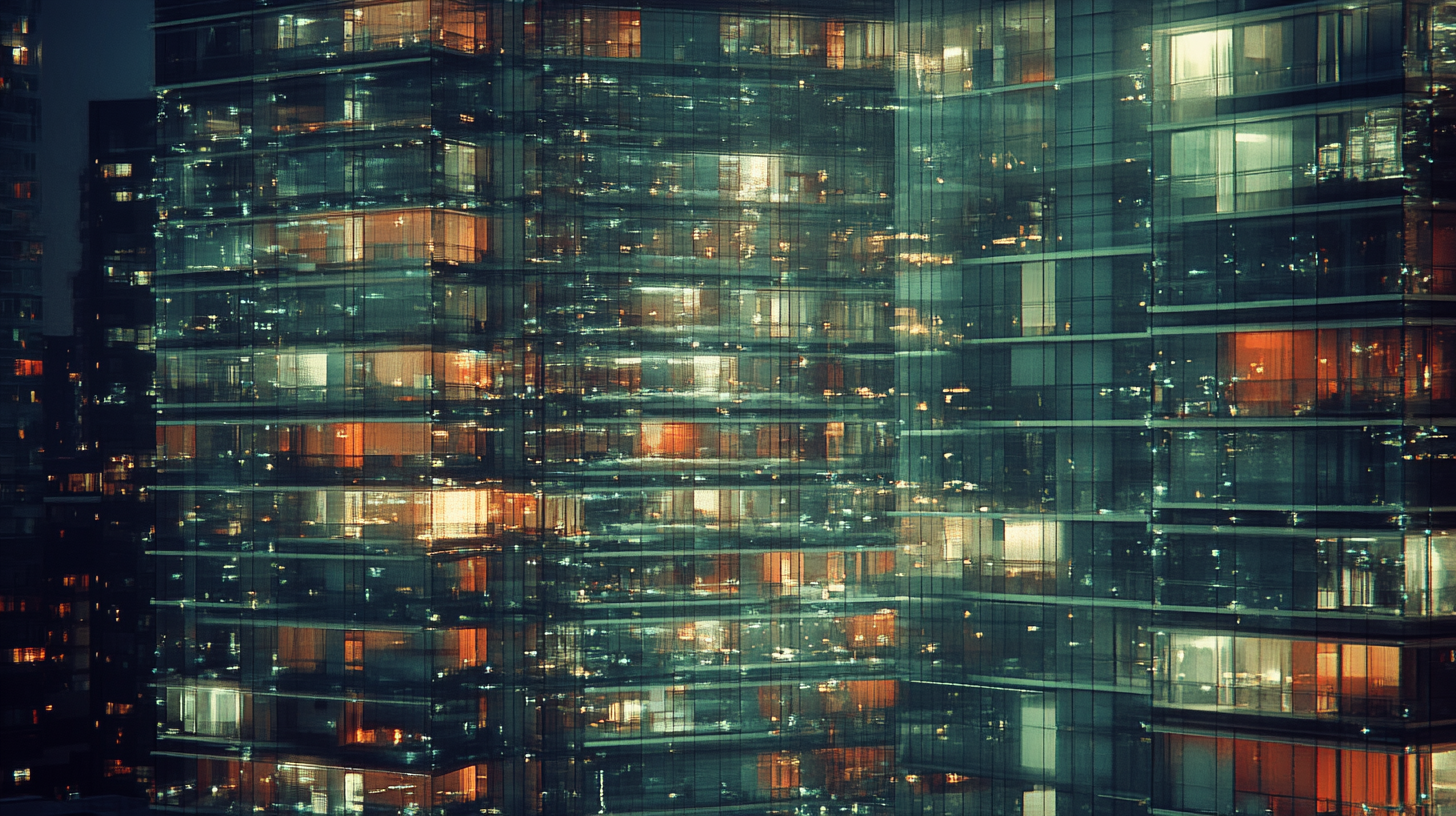
Functional Benefits of Modern Roller Shutters in Urban Spaces
In modern architecture, the integration of roller shutters brings a myriad of functional benefits, particularly in urban spaces where optimizing light control, privacy, and energy efficiency is essential. Roller shutters have evolved from simple, utilitarian tools to stylish elements that enhance the aesthetic appeal of facades while serving practical purposes. Their sleek design and variety of materials allow them to blend seamlessly with contemporary architecture, making them a sought-after choice among designers.
One of the key advantages of modern roller shutters is their ability to manipulate natural light. They can be adjusted to create the desired ambiance within a space, effectively reducing glare during peak sunlight hours. This flexibility is invaluable in bustling urban environments, where sunlight can be both a blessing and a challenge. Furthermore, urban dwellers benefit from enhanced privacy, as roller shutters can provide a barrier against the view from adjacent buildings, allowing residents to enjoy their homes without the intrusion of others.
Energy efficiency is another significant aspect of modern roller shutters. By acting as an additional layer of insulation, they can help regulate indoor temperatures, reducing reliance on heating and cooling systems. This not only contributes to lower energy bills but also supports sustainable living practices in densely populated areas. As the demand for innovative window treatments continues to rise, roller shutters stand out as a functional and fashionable choice, embodying the perfect blend of form and function in contemporary design.
Sustainability and Energy Efficiency: The Role of Roller Shutters Today
Roller shutters have undergone significant transformations in modern architecture, particularly in their application toward sustainability and energy efficiency. With building energy consumption accounting for approximately 40% of total energy use in developed countries, incorporating roller shutters can substantially reduce this figure. According to a report by the U.S. Department of Energy, implementing external shading devices like roller shutters can lower cooling costs by up to 30%, enhancing overall energy performance in buildings.
The integration of roller shutters not only improves energy efficiency but also contributes to sustainability goals by utilizing eco-friendly materials. Many manufacturers are now producing roller shutters from recycled materials or sustainably sourced timber, aligning with the circular economy principles that are becoming crucial in modern construction practices. Moreover, advancements in automation and smart technologies allow for the strategic management of natural light, reducing reliance on artificial lighting and promoting energy savings throughout the day.
Furthermore, roller shutters play a vital role in optimizing indoor climate control. By acting as insulative barriers, they help maintain desired temperatures, minimizing the need for heating and air conditioning—two major contributors to building energy consumption. A study published in the Journal of Building Performance indicates that well-designed roller shutter systems can improve a building's thermal performance, leading to energy savings of approximately 20-50% when compared to buildings without such systems. As the architectural landscape continues to evolve, roller shutters are increasingly emerging as a pivotal feature that supports both sustainability initiatives and energy efficiency strategies in contemporary design.

